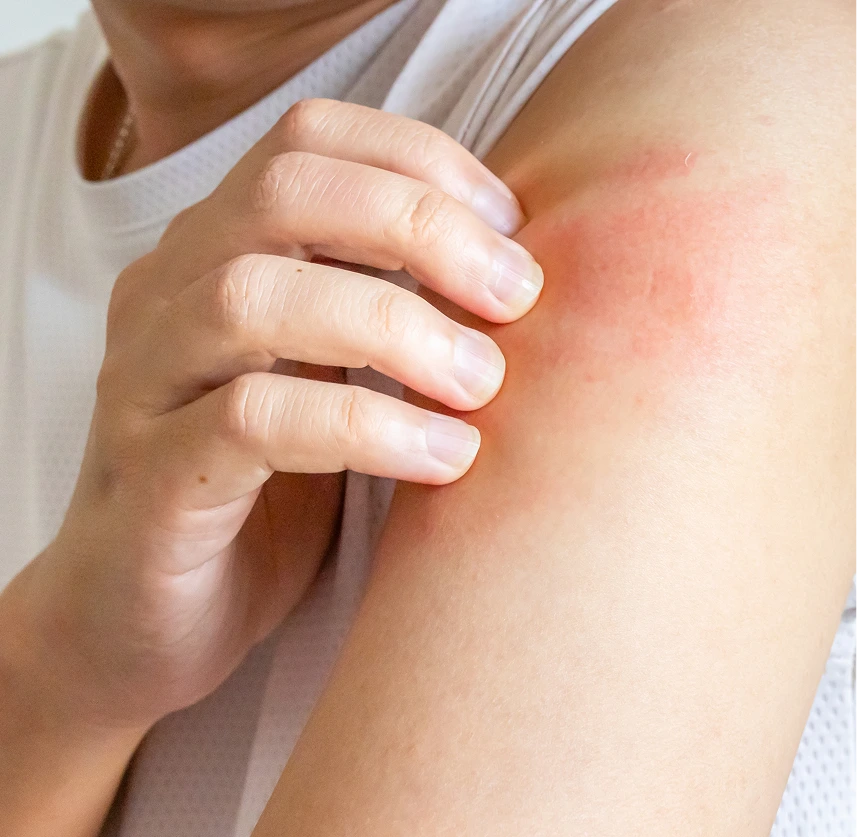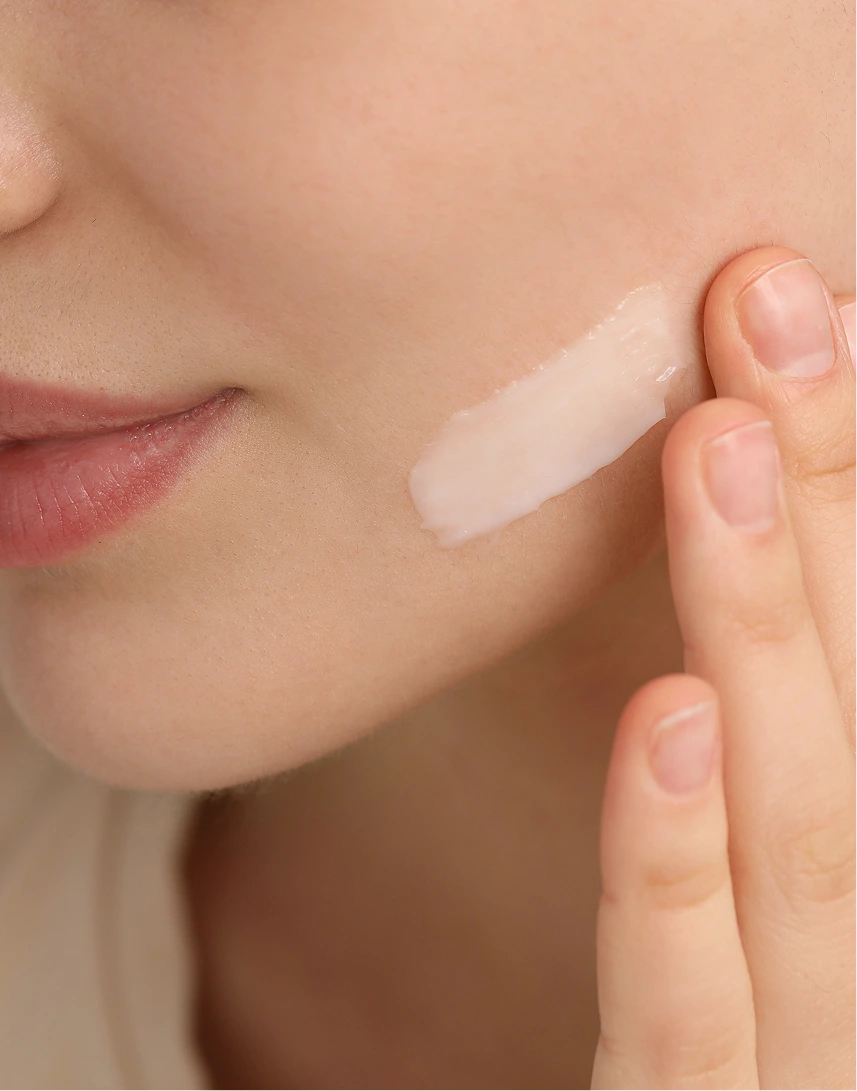
Living with diabetes can bring a variety of skin concerns that impact both comfort and confidence, including dryness, infections, slow-healing wounds, and persistent rashes. Patients often seek treatment to prevent complications, improve skin health, and restore confidence in their appearance. Our diabetes skin care services focus on addressing these challenges with personalized strategies that promote healing, reduce irritation, and support overall skin wellness.
Whether managing flare-ups or preventing long-term damage, Regency Specialties provides comprehensive care designed to meet the unique needs of individuals living with diabetes in Phoenix, AZ.
Diabetes is a condition that affects the way the body uses glucose (sugar). We get glucose from the carbohydrates we eat, which are then converted into energy. Diabetes affects insulin, a hormone produced to help glucose be processed from the bloodstream into the body itself for energy.

Many skin conditions can be indicators of pre-diabetes or related to an existing diagnosis of diabetes. Many of these can be resolved or improved when your condition is well-controlled.


You can generally expect the cost of treating diabetes skin conditions in Phoenix, AZ, to start from approximately $100 to $400 for basic dermatology visits and wound‑care consultations without insurance. More advanced procedures, such as surgical removal of infected tissue, may run $500 or higher, depending on the severity and type of intervention. The final cost will vary based on factors like the complexity of your condition, the need for special dressings or supplies, and your insurance coverage.
